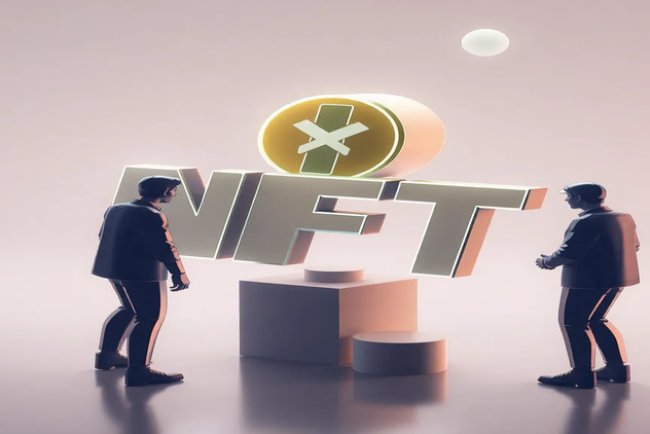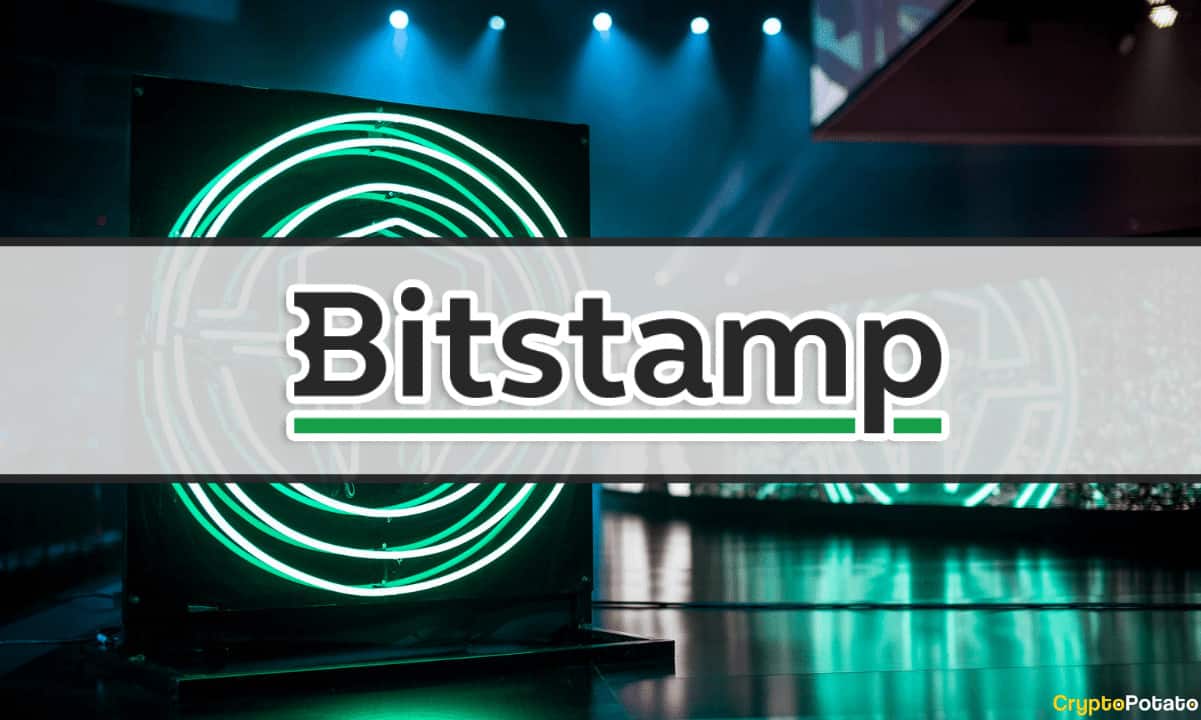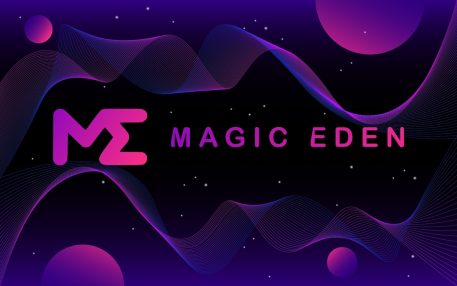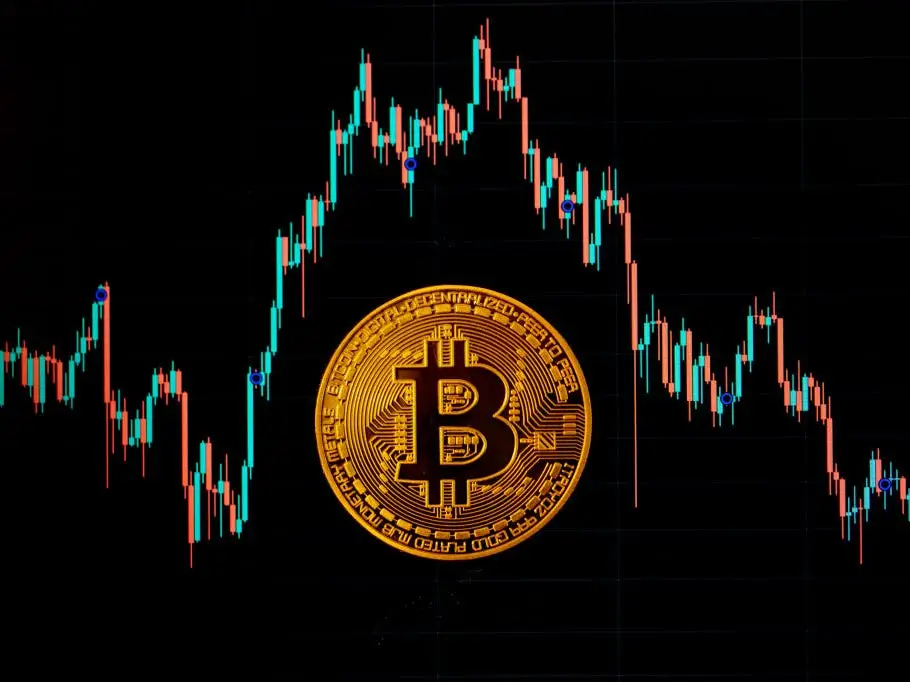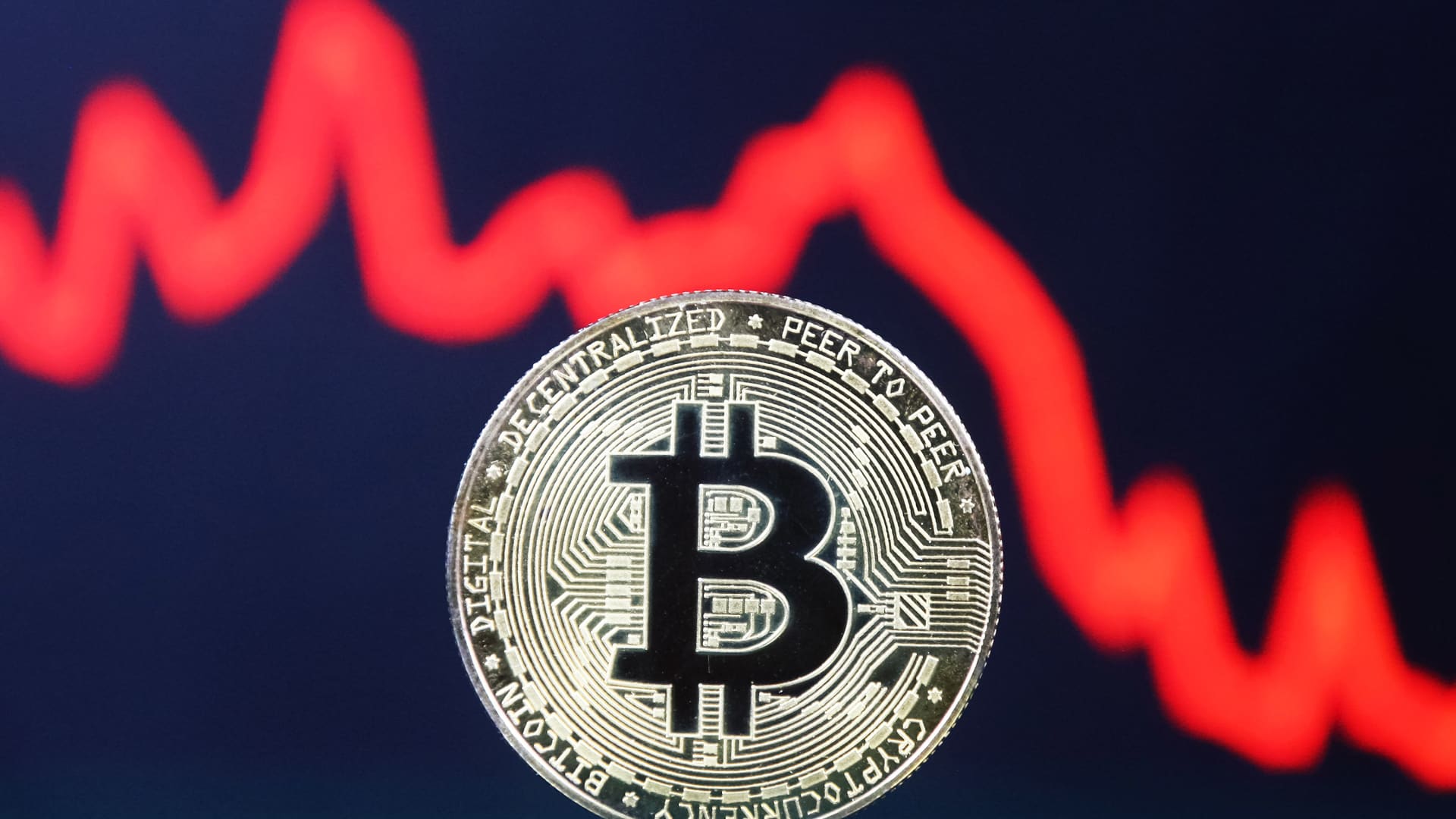How to Create an NFT?
This article provides a comprehensive guide on creating Non-Fungible Tokens (NFTs), covering essential steps such as selecting your content, choosing the right blockchain, setting up a digital wallet, and utilizing various NFT platforms.
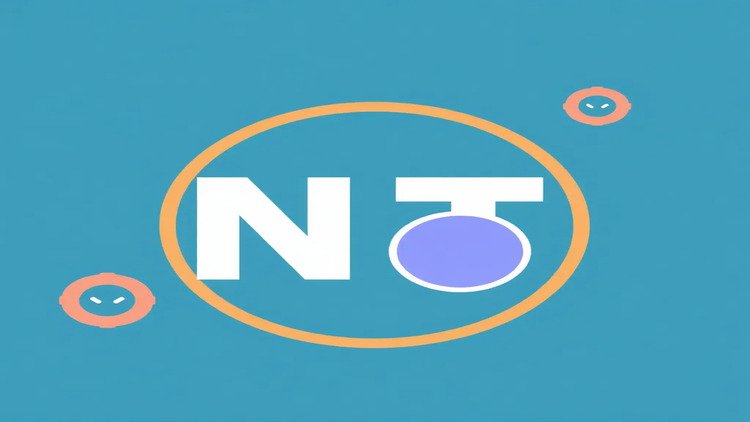
Creating an NFT involves several key steps. First, decide on the format of your NFT and the content you want to include. Next, choose a platform where you can create and mint your NFT, such as OpenSea or other marketplaces. You'll need to set up a crypto wallet to manage your digital assets and link it to your chosen NFT platform.
Steps to Create an NFT:
-
Select Your Content: Determine what type of digital asset you want to turn into an NFT, such as artwork, music, or collectibles.
-
Choose a Format: Common formats include images, videos, audio files, and 3D models. Ensure the format is supported by your chosen marketplace.
-
Set Up a Crypto Wallet: Create a wallet (e.g., MetaMask) to store your NFTs and cryptocurrencies. Fund it with ETH or other required tokens to cover minting fees.
-
Pick an NFT Marketplace: Platforms like OpenSea, Rarible, and Mintable allow you to mint and sell your NFTs. Each has its own features and fee structures.
-
Mint Your NFT: Upload your digital file, fill in the necessary details (name, description, royalties), and confirm the transaction. This process may involve paying gas fees.
-
List for Sale: After minting, you can set a price or create an auction for your NFT.
-
Promote Your NFT: Share your creation on social media and within NFT communities to attract potential buyers.
By following these steps, you can successfully create and sell your own NFT, entering the exciting world of digital collectibles. Creating an NFT involves several key steps. First, decide on the format of your NFT and the content you want to include. Next, choose a platform where you can create and mint your NFT, such as OpenSea or other marketplaces. You'll need to set up a crypto wallet to manage your digital assets and link it to your chosen NFT platform.
Steps to Create an NFT:
-
Select Your Content: Determine what type of digital asset you want to turn into an NFT, such as artwork, music, or collectibles.
-
Choose a Format: Common formats include images, videos, audio files, and 3D models. Ensure the format is supported by your chosen marketplace.
-
Set Up a Crypto Wallet: Create a wallet (e.g., MetaMask) to store your NFTs and cryptocurrencies. Fund it with ETH or other required tokens to cover minting fees.
-
Pick an NFT Marketplace: Platforms like OpenSea, Rarible, and Mintable allow you to mint and sell your NFTs. Each has its own features and fee structures.
-
Mint Your NFT: Upload your digital file, fill in the necessary details (name, description, royalties), and confirm the transaction. This process may involve paying gas fees.
-
List for Sale: After minting, you can set a price or create an auction for your NFT.
-
Promote Your NFT: Share your creation on social media and within NFT communities to attract potential buyers.
By following these steps, you can successfully create and sell your own NFT, entering the exciting world of digital collectibles.
-
Understand the Legal Aspects: Before minting your NFT, ensure that you have the rights to the content you are using. This includes understanding copyright laws and any potential legal implications of selling digital assets. If you use someone else's work without permission, you may face legal consequences.
-
Choose the Right Blockchain: Different blockchains have varying features, transaction speeds, and fees. Ethereum is the most popular for NFTs but can have high gas fees. Alternatives like Solana and Flow offer lower fees and faster transactions, making them attractive options for creators.
-
Consider Your Audience: Tailor your NFT to the interests of your target audience. Research current trends in the NFT market to identify what types of content are gaining traction. Engaging with communities on platforms like Discord or Twitter can provide insights into what collectors are looking for.
-
Set Royalties: When minting your NFT, consider setting a royalty percentage for future sales. This allows you to earn a percentage each time your NFT is resold, providing ongoing revenue as your work gains value.
-
Utilize Social Media for Marketing: Once your NFT is created, leverage social media platforms to promote it. Share behind-the-scenes content, engage with potential buyers, and participate in NFT-related discussions to build a following.
-
Stay Informed About Market Trends: The NFT space is rapidly evolving. Keep up with news, trends, and changes in regulations to adapt your strategy accordingly. Joining NFT forums and subscribing to newsletters can help you stay informed.
-
Experiment and Iterate: Don’t be afraid to try different styles, formats, or themes for your NFTs. The more you experiment, the better you’ll understand what resonates with your audience and what doesn’t.
By considering these additional factors, you can enhance your NFT creation process and increase your chances of success in the dynamic world of digital assets.
Sure! Here’s a sample FAQ section related to creating NFTs:
FAQ:
1. What is an NFT? An NFT (Non-Fungible Token) is a unique digital asset that represents ownership of a specific item or piece of content, such as artwork, music, videos, or virtual real estate, on a blockchain. Unlike cryptocurrencies, NFTs cannot be exchanged on a one-to-one basis due to their unique properties.
2. How do I create an NFT? To create an NFT, you need to:
- Select the digital content you want to turn into an NFT.
- Choose a blockchain and a suitable NFT marketplace (like OpenSea, Rarible, or Mintable).
- Set up a crypto wallet to store your NFTs and cryptocurrencies.
- Mint your NFT by uploading your content and completing the required details.
- List your NFT for sale on the marketplace.
3. Do I need cryptocurrency to create an NFT? Yes, you will need cryptocurrency, typically Ethereum (ETH), to cover the gas fees associated with minting your NFT. Make sure to fund your crypto wallet with enough tokens before starting the process.
4. Can I create an NFT for free? While some platforms allow you to create NFTs without upfront costs through "lazy minting," you may still incur fees when the NFT is sold. Additionally, most platforms require gas fees for minting, which are paid in cryptocurrency.
5. What type of content can be turned into an NFT? You can create NFTs from various digital assets, including:
- Digital art
- Music and audio files
- Videos and animations
- Virtual real estate
- Domain names
- Collectibles and in-game items
6. How do I ensure that my NFT is unique? To ensure your NFT is unique, you can create original content that you own the rights to. Additionally, each NFT is assigned a unique identifier on the blockchain, making it distinguishable from other tokens.
7. What are royalties, and how do they work? Royalties are a percentage of the sale price that you can earn each time your NFT is resold. When minting your NFT, you can set a royalty percentage, which will be automatically paid to you whenever the NFT changes hands in the secondary market.
8. How can I promote my NFT? To promote your NFT, consider:
- Sharing your work on social media platforms like Twitter, Instagram, and TikTok.
- Engaging with NFT communities on Discord and Reddit.
- Collaborating with other creators or influencers.
- Hosting virtual events or giveaways to attract attention.
9. What are the risks of creating and selling NFTs? Some risks include:
- Market volatility: NFT prices can fluctuate significantly.
- Legal issues: Ensure you have the rights to the content you are minting.
- Scams: Be cautious of fraudulent platforms and schemes in the NFT space.
10. Where can I learn more about NFTs? You can learn more about NFTs through various online resources, including articles, tutorials, forums, and social media groups dedicated to the NFT community. Websites like Medium, YouTube, and NFT-specific blogs are great starting points.
What's Your Reaction?








